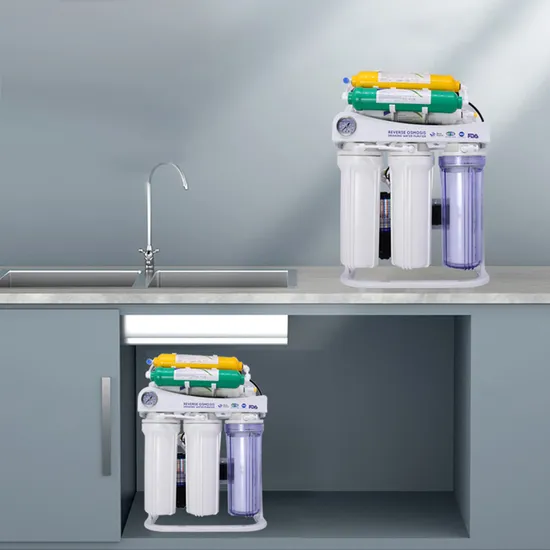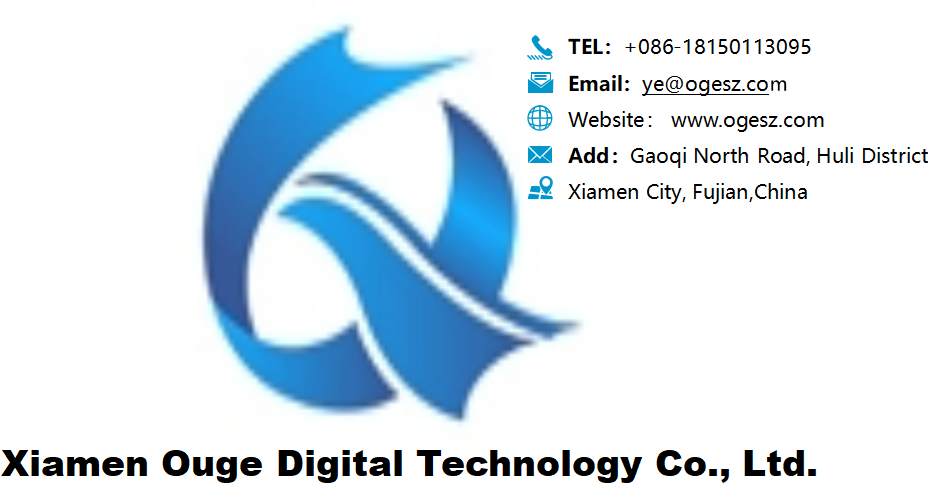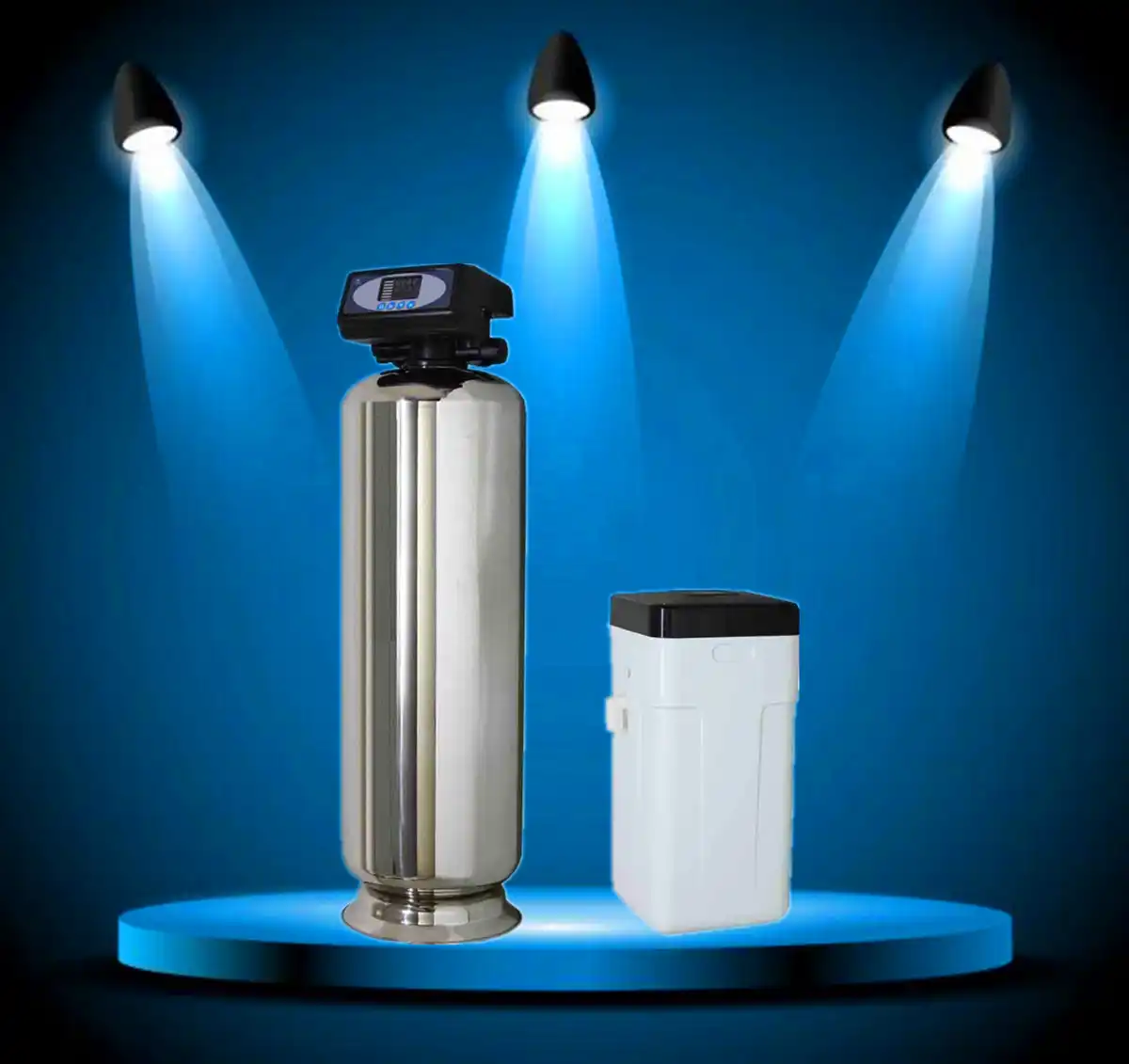After a long day out, many people instinctively pour a glass of water to quench their thirst. This simple act seems so routine it hardly requires thought. But when you really think about it, a glass of clean, safe water is just as vital as air. It affects your appetite, impacts your sleep, and can gradually shape your physical well-being throughout the year. You might think tap water looks clear enough—just boil it off when it bubbles—but it's not that simple. Hidden particles invisible to the naked eye can accumulate over time, potentially damaging your digestive system, weakening children's immunity, or leaving an unpleasant taste for the elderly. Life's small details often define a family's happiness, which is why more people are considering water purifiers.

Yet the market is flooded with water purifiers—from cold technical specs to enthusiastic marketing claims—making sense of it all a headache. Some tout direct-drink machines for convenience, promising room-temperature purified water at the tap. Others recommend high-flow RO reverse osmosis systems for thorough filtration suitable for the whole household. Still others swear by central water softeners for improved bathing and laundry experiences, leaving skin and clothes softer. When overwhelmed by choices, take a moment to reflect: What do you truly need? Do you want your child to be able to pour milk directly from the tap? Do you crave peace of mind drinking cool boiled water in the middle of the night? Or do you wish your parents wouldn't worry about thick scale buildup in their kettle while cooking? Different scenarios dictate different solutions—there's no one-size-fits-all best option, only the most suitable one.
Choosing a water purifier fundamentally involves considering your household's daily habits for years to come. How much are you willing to spend on filter replacements? How much effort are you prepared to invest in maintenance? Do you prefer a compact countertop design or the tidiness of a cabinet-mounted unit? Just like buying a car or furniture, each choice reflects your lifestyle philosophy. For instance, many young people prioritize aesthetics, leaning toward compact machines with sleek, minimalist designs that complement their kitchen decor. Meanwhile, practical-minded households focus more on flow rate, longevity, and energy efficiency—essentially valuing durability over looks.
From a health perspective, the most noticeable benefit of purified drinking water is its smooth taste without any off-flavors. Soups made with this water taste sweeter and clearer, free from oily scum on the surface. Long-term consumption not only eases digestive burdens but also gradually improves skin condition. Even tea and coffee brewed with purified water develop a more refined flavor. This transformation isn't mystical—it happens because when residual impurities are effectively filtered out, your body's natural detoxification and metabolic processes become significantly easier. So even an ordinary glass of plain water becomes a source of pleasure when its source is pure.
Many worry about installation hassles or high filter replacement costs. In reality, most modern models are increasingly smart, displaying filter lifespan on screens and alerting you when replacement is needed. Major brands even offer door-to-door services, freeing users from tedious tasks. For limited space, choose installation-free models—just fill with tap water and plug in. Perfect for rentals or temporary moves. Small-space households particularly favor this flexible approach, as it avoids cabinet modifications and eliminates plumbing renovation costs.
Parents, seniors, and those with hygiene concerns often prioritize safety. They worry about chlorine residues in formula preparation and seek filtration systems with comprehensive layers to prevent secondary contamination risks. Others prioritize high flow rates for whole-house coverage, desiring soft, clear, odor-free water at every tap—from kitchen sinks to bathroom fixtures. Combining central systems with localized units creates a balanced, comfortable solution. While the initial investment is higher, long-term savings on bottled water and reduced plastic pollution make it an environmentally sound, win-win choice.

When it comes to price, more expensive isn't necessarily better, nor does cheap automatically mean poor quality. A more reasonable approach is to filter options based on your household size and drinking habits, while also considering after-sales support and long-term costs. For instance, a family of four with high daily consumption will find a high-flow, durable model more cost-effective than a smaller unit requiring frequent filter replacements. For singles or couples who prefer simplicity, an economical and convenient option suffices. There's no need to blindly chase high-end models, nor should you sacrifice quality for savings. Striking a balance alleviates financial pressure while ensuring consistent access to safe, clean water—that's the mark of truly smart consumption.
Picture this: under the warm glow of your kitchen lights at dusk, you slice vegetables and press a button. Crystal-clear, refreshingly pure water—free of any off-flavors—flows into your pot. A deep sense of reassurance washes over you. Suddenly, you realize combating work fatigue is surprisingly simple: just ensure your family's basic sustenance—like water—is wholesome and healthy. When that foundation is secure, both mind and body naturally find comfort and ease. Investing in this invisible guardian may seem like a small expense, but its long-term returns are immense—a perspective shared by many who've experienced this transformation.
By now, you might be considering whether to bring home your own thoughtful water purification companion. If possible, visit an experience store to open the water tap and witness the difference between untreated and filtered tap water firsthand. That visual impact is often the most persuasive. When you see sediment and impurities clearly filtered out and smell the enhanced natural aroma, you'll truly understand that daily health protection begins with building trust from the most unassuming drop, ultimately becoming the foundation of family happiness.
When we truly realize that the right device not only solves daily drinking water needs but also enriches every delicate moment of family life, hesitation about its value vanishes. Sometimes, a sense of health approaches so subtly and quietly. All we need to do is seize the opportunity to plan ahead, keeping life in a genuine, steady rhythm of beauty. Then, bit by bit, we accumulate happiness until it fills every corner of our home.

 Reverse Osmosis Technology for Wastewater Treatment: Understanding How RO Systems Operate
Reverse Osmosis Technology for Wastewater Treatment: Understanding How RO Systems Operate
 The “Magic” of Turning Seawater into Freshwater: Unveiling the Core Secrets of Reverse Osmosis Technology
The “Magic” of Turning Seawater into Freshwater: Unveiling the Core Secrets of Reverse Osmosis Technology
 How to Choose Reliable Central Water Filtration and Water Softening Systems? Most People Get It Wrong!
How to Choose Reliable Central Water Filtration and Water Softening Systems? Most People Get It Wrong!
 In rural areas, where groundwater from wells is the primary water source, is it truly necessary to install water purification equipment?
In rural areas, where groundwater from wells is the primary water source, is it truly necessary to install water purification equipment?